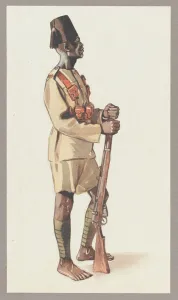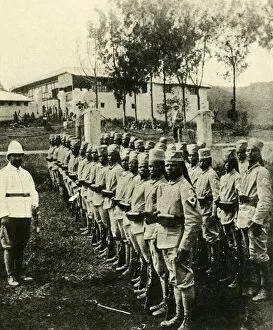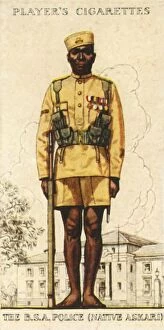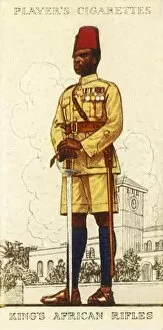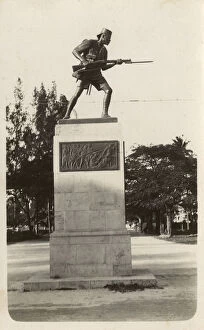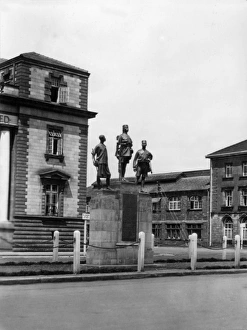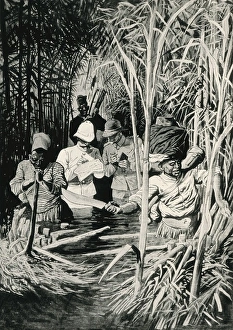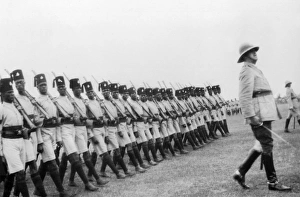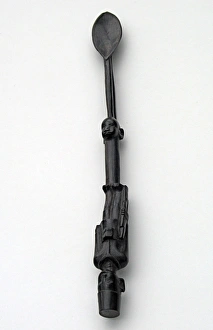Askari Collection
"Askari: Guardians of East Africa's History" The Askari, a term derived from the Arabic word for soldier
All Professionally Made to Order for Quick Shipping
"Askari: Guardians of East Africa's History" The Askari, a term derived from the Arabic word for soldier, holds significant historical and cultural importance in East Africa. From monuments to war memorials, their legacy is deeply ingrained in the region. One such monument stands tall in Dar-es-Salaam, Tanzania - the Askari Monument. It serves as a reminder of the brave soldiers who fought during colonial times and symbolizes their unwavering dedication to protect their land. In Nairobi, Kenya, another tribute to these valiant warriors can be found - the Askari War Memorial. This memorial honors those who served in conflicts that shaped East Africa's history and pays homage to their sacrifices. During colonial times, Franco-German delimitation marked an era where boundaries were drawn across African territories. The new order impacted not only political landscapes but also influenced the lives of askaris serving under different powers. Photographs from 1914 capture moments frozen in time; askaris proudly donning uniforms as part of the 1st (Central Africa) Battalion or Yao askaris belonging to Kings African Rifles. These images provide glimpses into their lives and evoke a sense of admiration for their courage amidst adversity. The First World War witnessed askaris fighting under German command in German East Africa. A color lithograph showcases one such soldier adorned with traditional attire while highlighting his role as a colonial soldier during this tumultuous period. Black-and-white photographs depict askaris maneuvering field guns during the intense East African campaign. Their resilience on display serves as a testament to their determination and skill on the battlefield. Even after conflict subsided, some askaris continued serving various forces like Germany's African soldiers depicted in an image dating back to 1920 or Somaliland Camel Corps affiliated with Kings African Rifles captured in 1936 photographs. These snapshots reveal how they adapted over time while remaining dedicated defenders of peace and stability.


